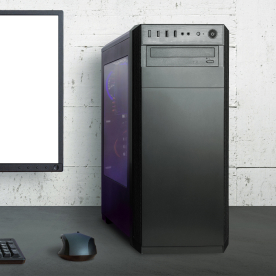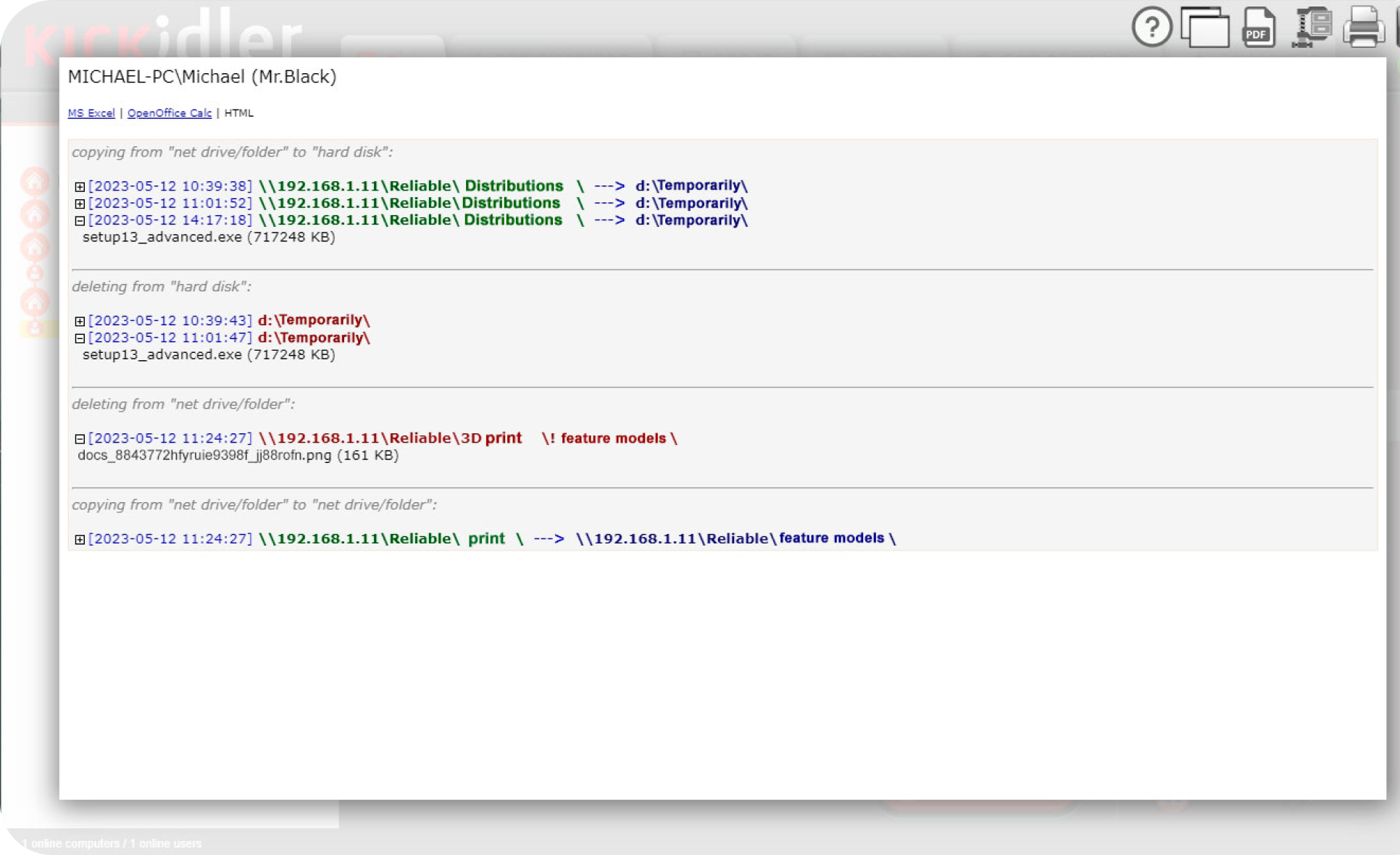
Overview
Kickidler DLP for Linux brings enterprise-grade user activity monitoring and data loss prevention to leading Linux distributions. It helps security, HR, and IT teams see the full context behind risky behavior, investigate incidents quickly, and measurably improve productivity—without compromising system stability or user privacy.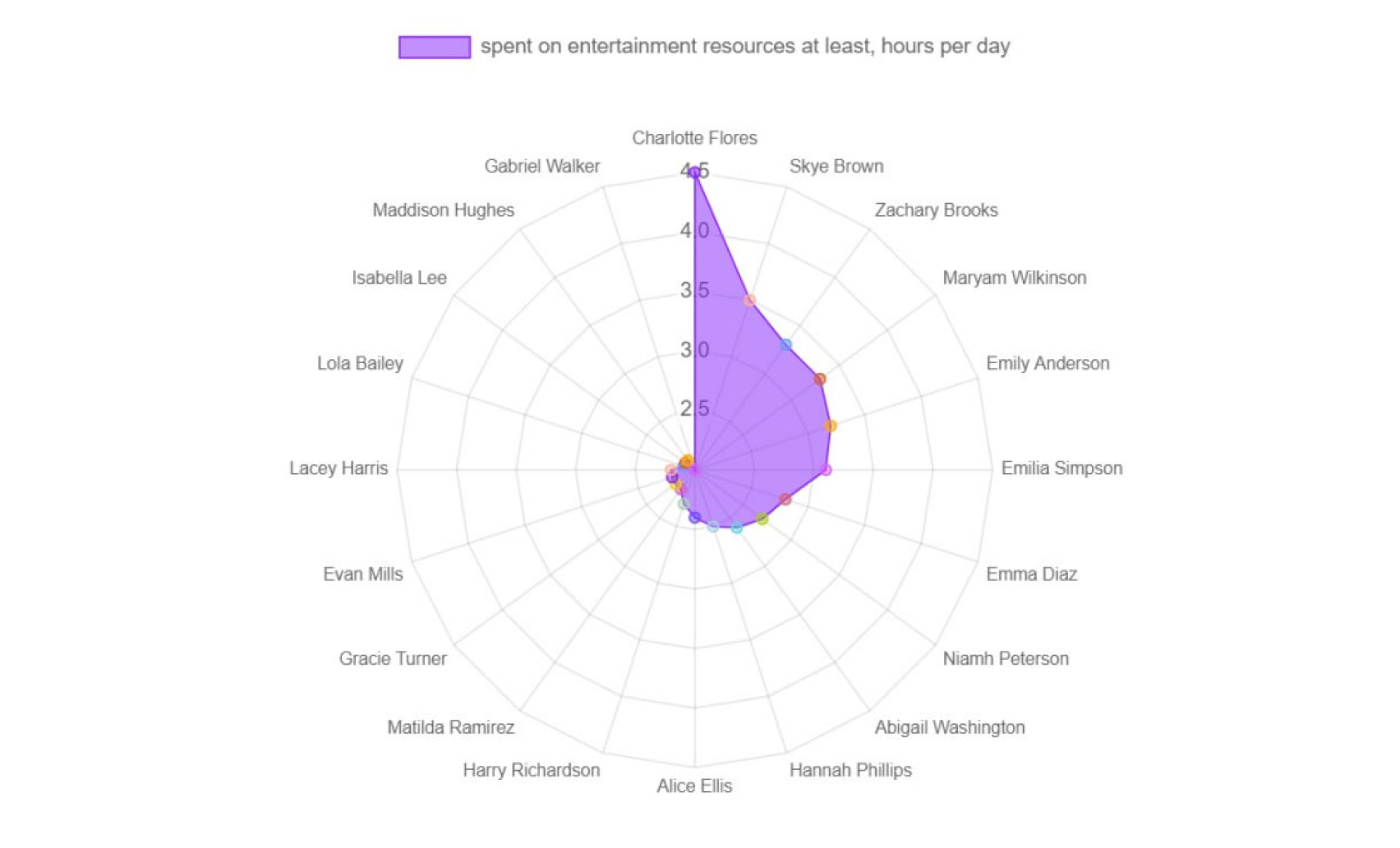
Why organizations choose Kickidler on Linux
- Deep visibility into user activity – Capture screen video, app usage, websites, file operations, keystroke dynamics*, clipboard*, and device connections to reconstruct events with full context.
- Policy-driven DLP controls – Detect and block sensitive data exfiltration via messengers, email, cloud drives, removable media, and terminal commands; alert in real time and auto-respond.
- Built for mixed OS environments – Manage Windows, macOS, and Linux endpoints from one console with feature parity clearly documented and continuously expanding.
- Stealth or transparent modes – Deploy silently for investigations or operate transparently with notifications and consent where required.
*Availability of specific telemetry may vary by OS release; see the comparison matrix.
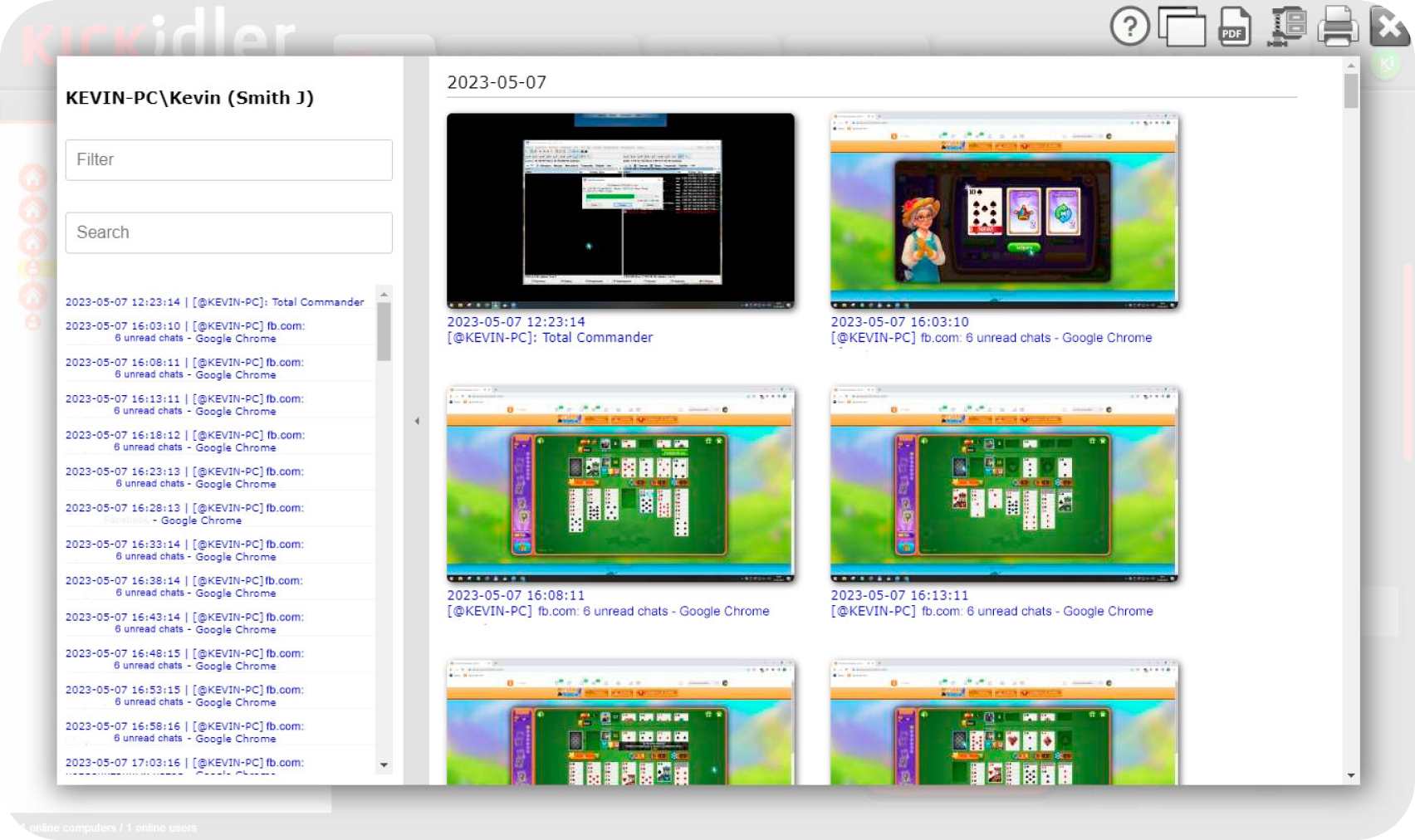
What Kickidler DLP for Linux does
Monitor & Analyze
- Continuous screen capture and retrospective playback for incident investigation.
- Activity timelines and productivity analytics that segment work vs. idle time by apps and sites.
- File operation tracking (create, copy, move, delete) to reveal the who/what/when of sensitive files.
Detect & Prevent Data Loss
- Policy rules for prohibited actions (e.g., sending archives to personal email, uploading to cloud drives, copying to USB, running risky terminal commands).
- Instant alerts & automated responses (block, warn, require justification, start focused recording).
Investigate & Report
- Forensics-ready evidence: correlated events, user screens, and logs in a single case view.
- Exportable reports for security, compliance, and HR audits.
Supported Linux distributions
Kickidler components are available for popular Debian/Ubuntu families, Linux Mint, CentOS/RHEL, Fedora, and others, with version lists maintained in our setup documentation. (Display servers: X.Org.)
Deployment options
- On-premises server for Linux – Store data locally under your control; update via streamlined packages.
- Distributed or air-gapped sites – Place servers per region or segment; synchronize as needed.
Quick start on Linux
- Install the Server on a supported distro and configure PostgreSQL per guide.
- Install the Client (Agent) on user workstations via RPM/DEB, then point it to the server (e.g., stkh-client --server=<ip>).
- Join the Viewer/Admin console, create DLP policies, and start monitoring.
Linux-first security controls
- Terminal command control – Block or require justification for risky commands (e.g., batch archiving, recursive copies to removable media).
- File exfiltration guardrails – Detect high-risk moves (compress → copy to USB → upload) and auto-respond.
- Astra Linux notes – Dedicated guidance for deployments in hardened environments.
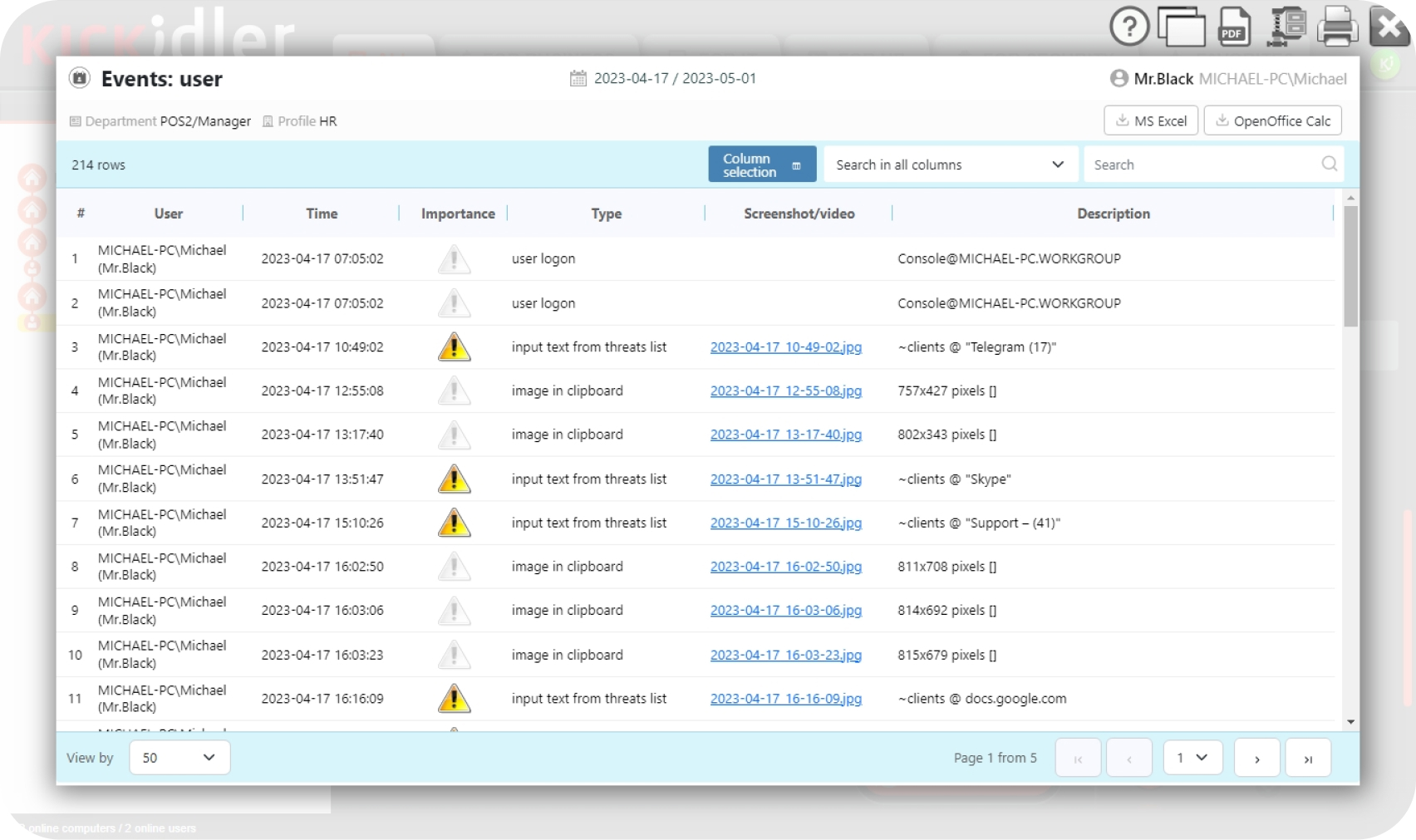
Use cases
- PII & IP protection – Stop code, drawings, and client data from leaving via personal emails, messengers, or cloud storage.
- Insider risk investigations – Reconstruct user intent with synchronized screen video and event logs.
- Productivity intelligence – Identify digital distractions and optimize licenses and workflows.
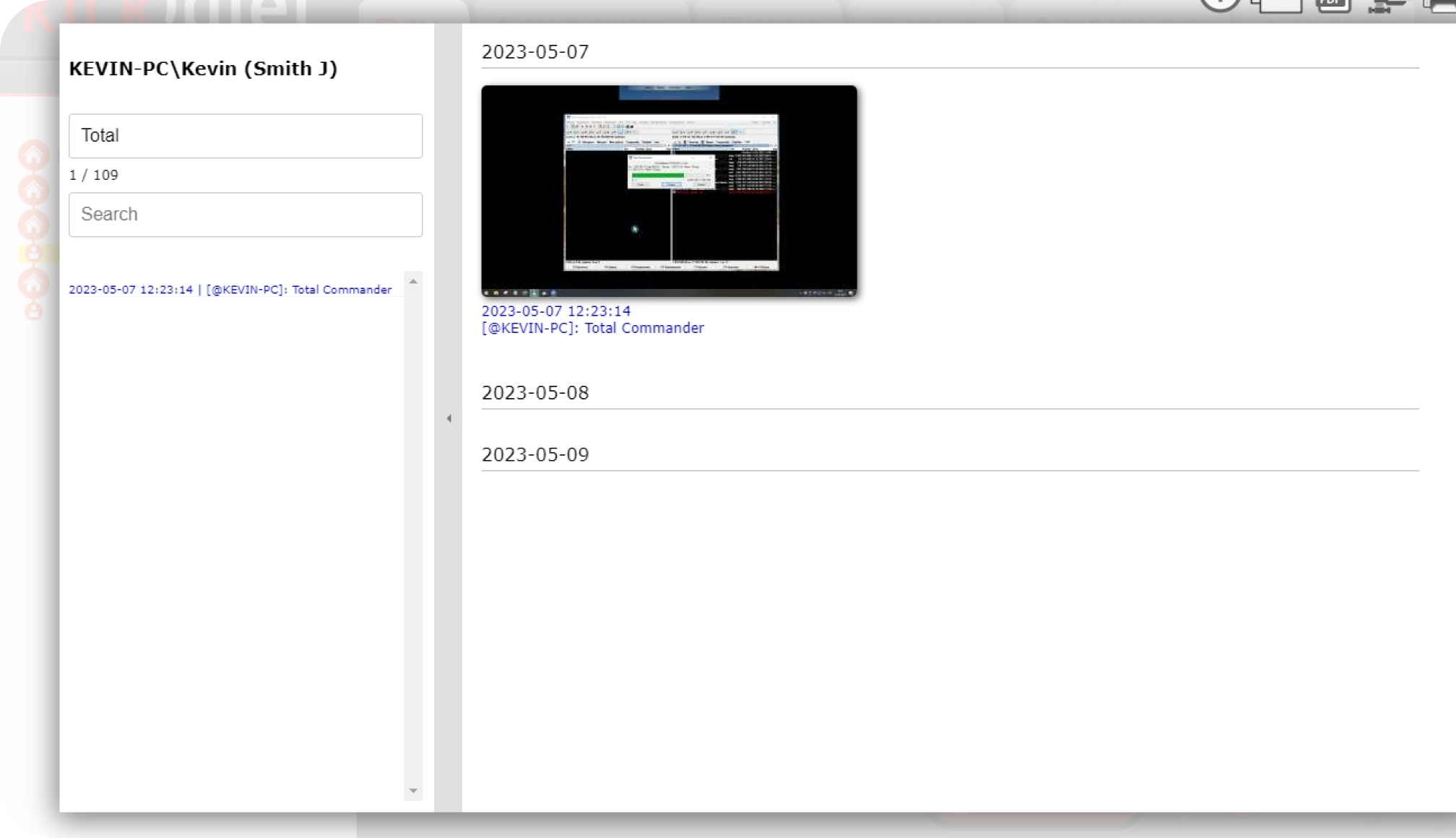
Administration & scale
- Centralized policies and updates for heterogeneous fleets.
- Role-based access for Security, HR, and IT with audit trails.
- Remote assistance capabilities for IT to troubleshoot Linux endpoints.
Compliance & privacy
Kickidler supports transparent monitoring with user notifications or fully stealth investigations where local law and corporate policies permit. Retention, access, and masking settings help you meet internal governance and applicable regulations.
Get started
Deploy Kickidler DLP on your Linux endpoints to reduce insider risk and elevate productivity with evidence-rich context.
- Start a free trial
- Talk to an expert
- Read the Linux install guide
- Compare features by OS

 ENG
ENG 
